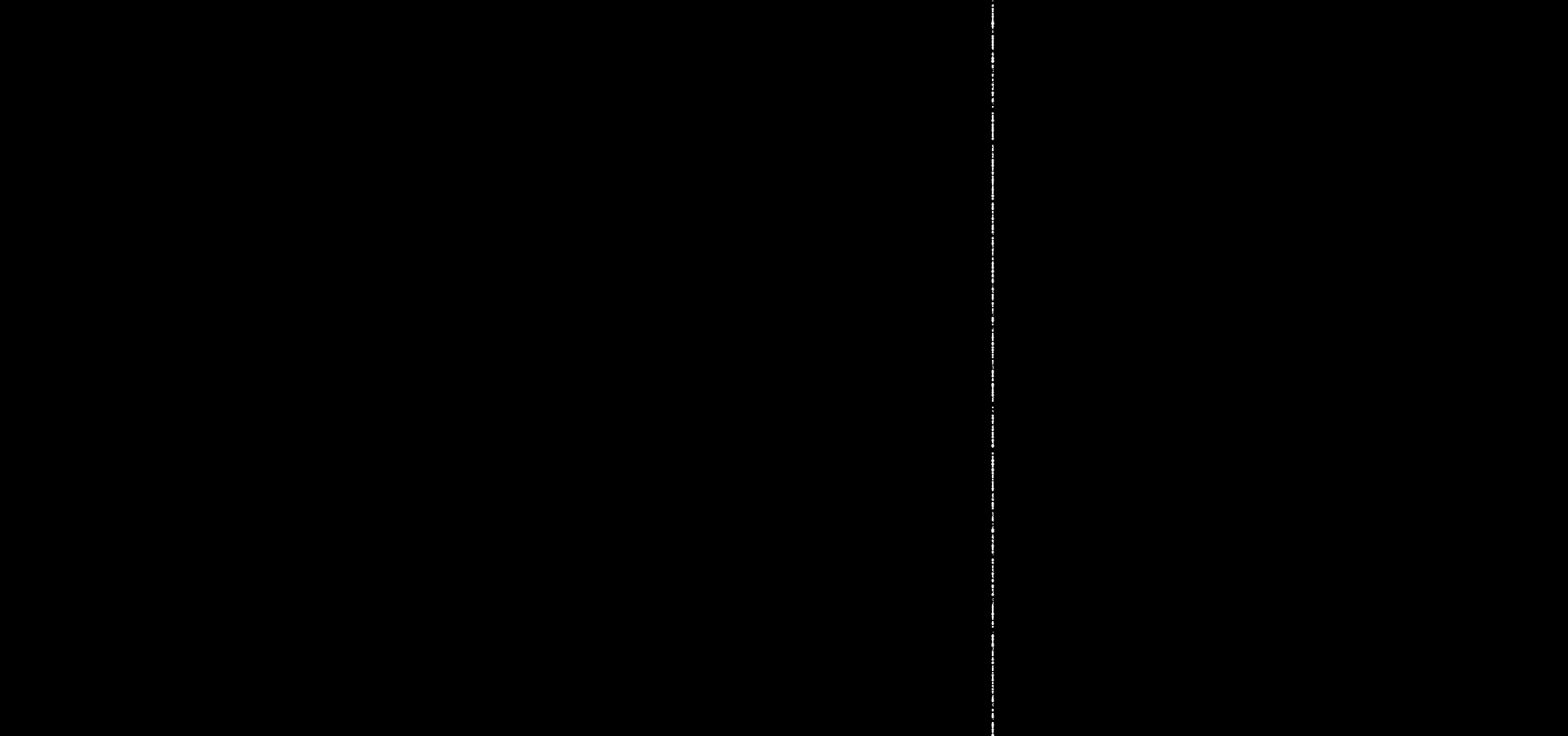Overview
For this final installation in the micro-project series we were asked to create a non-interactive, abstract clock that engages with time. Specifically, we were asked to answer a couple questions about time and how it's changed over the last 500 years. Included in this project to help create the visualization were new concepts called Perlin Noise and the random() function. These functions use time from multiple sources including both the time relative to how long the program has been running and the current time of day.
Time was used as an input value for this program and is simply being represented by the spacing of dots. The code will continue to execute until the program is stopped, so it is interesting to watch for long periods of time and notice how long some areas take to fill completely white. The code for this program uses very basic looping and can be adjusted to generate different shapes.
Process
For this project there was a lot of initial though I put in to what type of image I wanted to generate for the user. What I experienced was both a mental block for ideas as first and then, after reading the Pattern chapter again, I started to get better ideas. My initial issues with brainstorming ideas came from having trouble visualizing how time and motion would work together.
In a usual day there are many ways time is represented for us in order to aid, encourage, and initialize our activities. Some representations of time can be viewed with a negative attitude or positive attitude. An example of this is the birthday - which some people celebrate, and some do not. This positive and negative association may impact the reflection by the viewer on what is currently happening or how they feel about what's going on in the art. This logic inspired the work that was made for this microproject as well.
The goal for this project was to present something I consider neutral, or really something that is harder to view negatively than positively. Time also has the power to manipulate design elements over time such as texture and pattern, so this work also takes previous time into consideration. The pattern for this microproject borrows the concept from the chapter Pattern in Graphic Design: The New Basics in the use of only points (dots) to create.
Reflection
For this final project, I decided to not use 3D graphics and try something with 2D. The idea of an abstract clock using time as an input is very appealing to me, and I wanted it to be minimal in style - so 2D seemed the right choice. At first I had a lot of trouble with figuring out how to manipulate the time data in a way that made sense to me. Often times I ended up with a single, colored screen or nothing at all so I spent a majority of the time just reading the documentation.
I think this project will be useful in the future for working with time and distance because I have a much better understanding of how they can be represented. It also is important, I feel, that designers know how time can be represented because of its usefulness in creating unique patterns.
